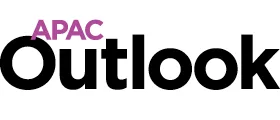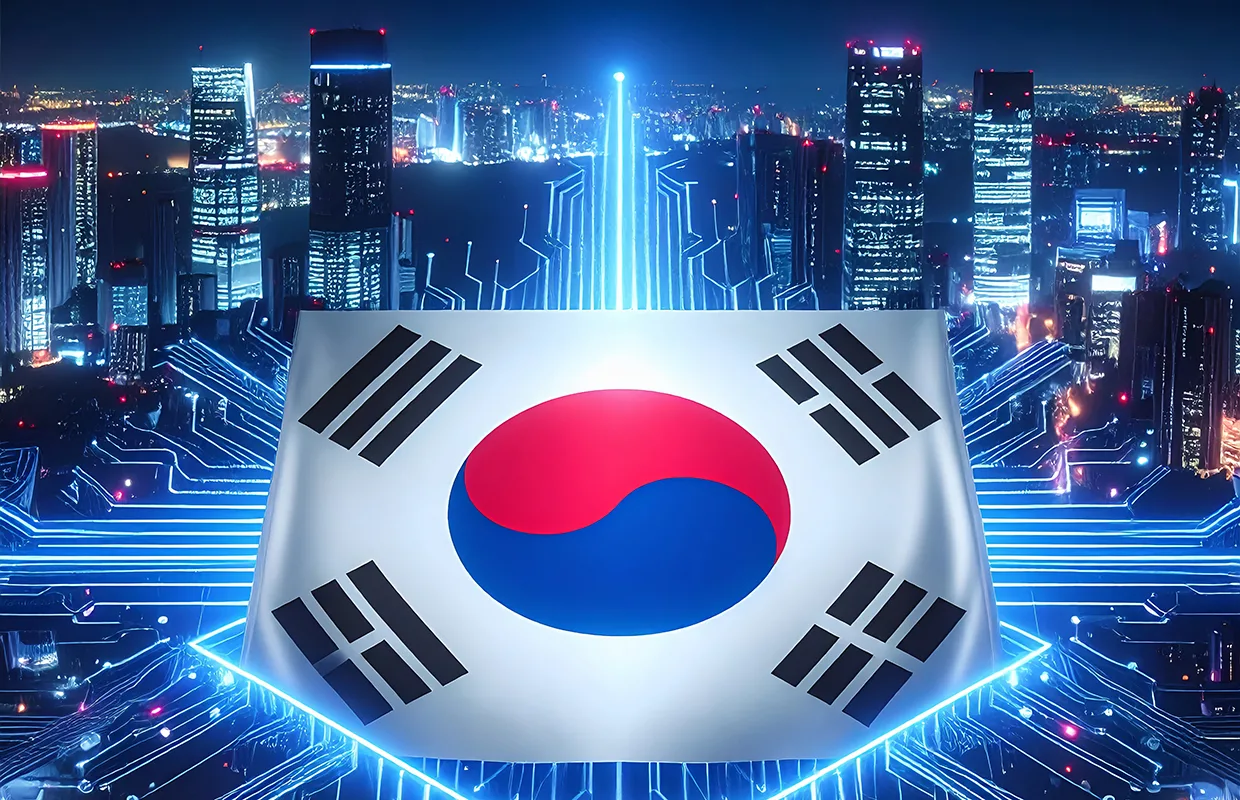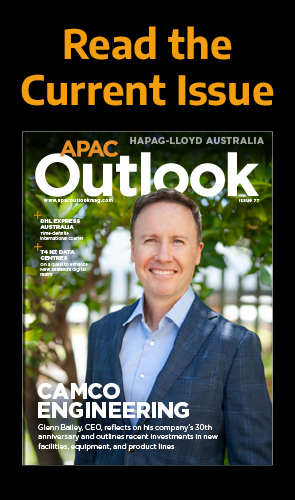The ripple effect of the Korean cultural wave around the globe has had a significant impact on the country’s economy. We dive into the world of K-pop idols and K-drama stars, along with various other luminaries flooding international entertainment and media.
THE CREATION OF KOREAN COOL
On the East Asian peninsula, two countries that were once a singular entity are now culturally and geographically divided – North and South Korea, separated by the Korean Demilitarised Zone (DMZ), a heavily fortified border.
North Korea is largely isolated from global markets, characterised by a state-controlled culture where art and media serve primarily political purposes.
In contrast, South Korea boasts a dynamic entertainment scene, engages actively with international audiences, and fosters cultural exchange.
Its economy is supported by industries such as technology and automotive, led by companies like Samsung and Hyundai, as well as its thriving entertainment sector.
After the Korean War ended in 1953, South Korea, despite being one of the world’s poorest countries at the time, displayed remarkable resilience and determination. Today, it stands as one of the wealthiest nations, a transformation often referred to as the ‘Miracle on the Han River’, which is a testament to the shared vision and hard work of its citizens.
The global powerhouse, currently dominating almost every cultural scene, had its image transformed in 1988 when its capital, Seoul, hosted the Summer Olympic Games, showcasing its modern infrastructure and economic development to an international audience.
This laid the groundwork for the impending K-wave – or ‘hallyu’ as the phrase was coined in China – that spread worldwide, influencing entertainment, fashion, and tourism as the phenomenon helped South Korea overcome isolation, enhance national pride, and highlight its culture and advanced technology.
Seoul’s impressive cityscape of skyscrapers, meanwhile, resembles a giant barcode – a metaphor for the country’s commercial and economic potential, which made consumers realise what South Korea had to offer.
Indeed, K-culture extends beyond its genres of music, media, and K-cuisine; it is a collective effort by Korean people to succeed.
Motivated by such factors as identity, a strong work ethic, social mobility, economic stability, and community, a concept of ‘we’ over ‘I’ emerges.

A CONVERGENCE OF CULTURE AND ECONOMY
- Founded in 1948, the officially named Republic of Korea is relatively small, covering an area less than half of the UK.
- The population of 51 million is concentrated in the Seoul Metropolitan Area, which comprises 25 districts.
- The country’s economy is nearing two trillion US dollars, making it the 12th largest globally.
- Despite being seen as a remarkable economic success story, South Korea is facing significant challenges with an ageing population and a low birth rate.
- The growing global fascination with South Korean culture has led to a surge in the export of cosmetic products with the popular glass skin effect, food brands, and fashion items.
- The K-pop events market alone is estimated to reach USD$20 billion by 2031, growing with a compound annual growth rate (CAGR) of 7.3 percent from 2022.
A CATALYST FOR GROWTH
K-content has rapidly spread across media streaming platforms, featuring diverse genres that resonate with audiences across demographics as they learn about the Korean language, culture, and country.
Netflix is passionate about K-content; the streaming service hosts an endless array of K-dramas, ranging from romance to horror.
One successful Korean export is the dystopian series Squid Game, which has its own merchandise and immersive experiences in Seoul, the US, the UK, Australia, and the Philippines.
Whilst South Korean television dramas have captivated global audiences with unique storylines, compelling characters, and stunning visuals, the rise of the country’s film industry has also occurred over the last two decades.
Landmark masterpieces include the cult classic Oldboy, breakthrough zombie thriller Train to Busan, and a milestone in South Korean cinema, Parasite – despite the director of the latter, Bong Joon Ho, once being blocked by the government for his liberal views.
Generally, most governments support their respective country’s cultural industries by owning and subsidising facilities, funding national broadcasters, and creating an environment conducive to events, as this ultimately benefits the branding and marketing of the country’s image, therefore profiting the national economy.
As a result, South Korea has emerged as a cultural tourist destination, attracting international fans eager to visit K-drama filming locations, experience K-pop concerts, and participate in vibrant festivals. This influx of visitors has led to increased spending in the hospitality and service sectors.
However, following the Asian financial crisis in 1997, many media companies became independent, allowing film school graduates to break free from dependence on corporate executives.
Despite the K-wave contributing positively to the South Korean economy, the government sometimes hinders its progress through policies such as mandatory military service for male stars, which can significantly impact their careers.
The K-wave is also used to aid international diplomacy, but sometimes this can fall short, as seen in incidents such as the 2016 Park Geun-hye administration’s acceptance of the US Terminal High Altitude Area Defence (THAAD) system in South Korea.
Although it was implemented to bolster defence against North Korean missiles, China began to view THAAD as a threat to its strategic security interests and subsequently boycotted some South Korean products and cultural exports. Fortunately, China has since reopened to the K-pop industry.
Meanwhile, Korean celebrities frequently attend diplomatic events or are mentioned in speeches. Notably, the K-pop group BTS accompanied President Moon Jae-in as envoys during a trip to the UN in 2021, which allowed the government to present its policies through the lens of K-culture.

THE EVOLUTION OF A REVOLUTION
The global popularity of K-pop has transformed it into a multi-billion-dollar industry. K-pop groups generate significant revenue through music sales, concerts, merchandise, and brand endorsements, both domestically and internationally.
The Korean music scene was revolutionised in the 1990s when a unique genre emerged that blended various musical styles, including hip-hop, R&B, electronic dance music, and rock.
A significant turning point for the emerging K-pop industry occurred with the debut of Seo Taiji and Boys in 1992. They introduced a fresh sound that blended Western music elements with catchy melodies and socially relevant lyrics. Their groundbreaking style resonated with youth, paving the way for future idol groups.
In the late 1990s and 2000s, the entertainment industry began to formalise the idol system. Companies started training young performers in singing, dancing, and public relations to create polished groups that appealed to a wide audience.
The emergence of the internet and social media at the beginning of the millennium significantly boosted K-pop’s global visibility. This development enabled fans around the world to access and share music more easily, with each fan often having a favourite member, or ‘bias’, in their preferred group.
In 2012, musician Psy released one of the world’s most recognisable and infectious songs, Gangnam Style, with its captivating dance moves that quickly won over audiences.
The song went viral and became the first video on YouTube to surpass one billion views. This success broadened the genre’s appeal beyond the country and opened the door for other artists.
Today, K-pop, with its high-quality music videos, elaborate choreography, and dedicated fan bases, has significantly contributed to the K-wave, influencing fashion, beauty, and even tourism in South Korea. Its global impact is a source of pride for the nation.

FROM TIKTOK TO TABLE
Social media and content creation on platforms such as YouTube and TikTok have enabled the rise of influencers and content creators who promote K-culture products and experiences, thereby driving revenue through advertising and brand partnerships.
Mukbang is a popular streaming format originating from South Korea, where hosts eat large quantities of food whilst interacting with their audience in real-time. The term comes from the Korean words ‘mukja’, meaning to eat, and ‘bangsong’, meaning to broadcast.
These shows feature a wide variety of foods, often featuring visually appealing and extravagant meals. Mukbang has become popular because many viewers are drawn to the communal aspect of the experience, even when watching alone. A sense of community is an essential part of South Korean culture and resonates with audiences worldwide.
The cultural phenomenon has significantly shaped global culinary trends, featuring dishes such as kimchi and bulgogi. This growing interest has led to increased food exports, the expansion of Korean restaurants overseas, and a rising popularity of cooking classes focused on Korean cuisine.
Elsewhere, K-pop idols and K-drama stars are increasingly releasing artisanal spirits as a strategic move to enhance their status and boost interest in Korean culture. For example, G-Dragon from the group Big Bang had a limited run of 880,000 six-pack highball drink sets, which sold out in just one second.
In contrast, G-Dragon’s former bandmate, actor and singer T.O.P, has a vineyard that produces a wine called T’Spot.
BTS’s Jin, meanwhile, has partnered with celebrity chef Paik Jong-won to co-found an agricultural corporation that operates its own distillery, producing various flavours under its liquor brand, IGIN.
Coca-Cola has also embraced the K-wave by adding a drink described as “infused with a burst of fruity-flavoured K-pop magic” to its Coca-Cola Creations limited edition range, reflecting its widespread influence.
The K-wave has not only revolutionised the global entertainment landscape but has also positioned South Korea as a cultural powerhouse, demonstrating the intricate relationship between art, economy, and national identity.





































